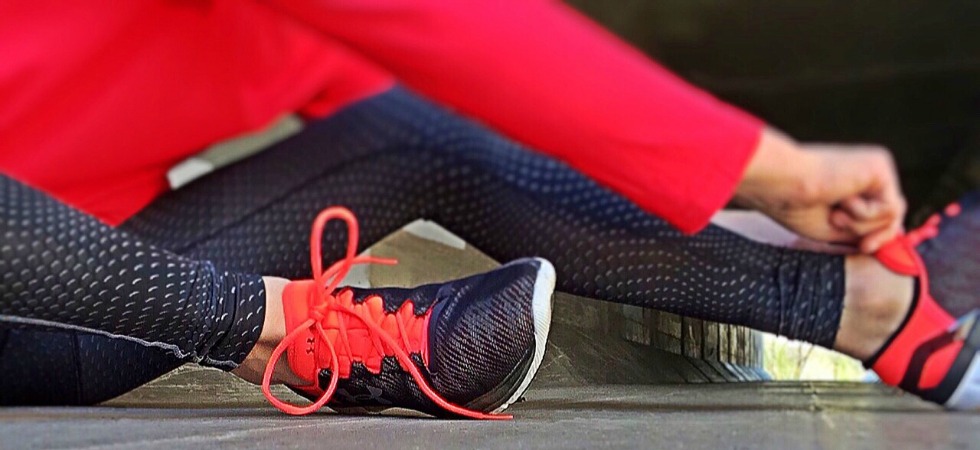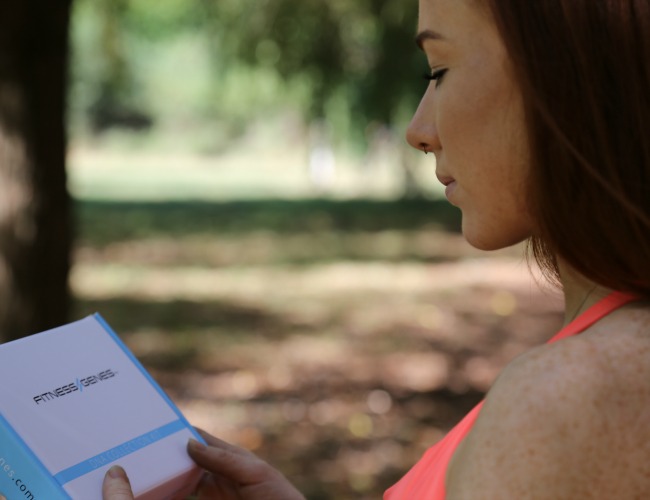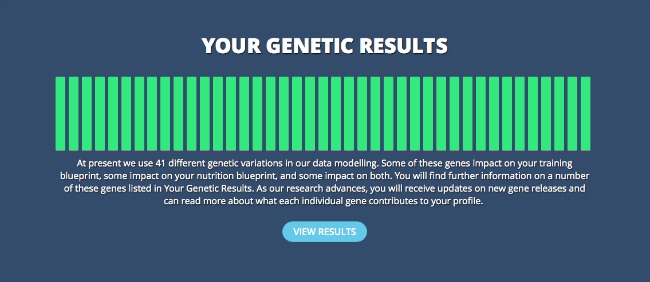While millions of us are desperately searching for the time in our busy lives to rack up the miles on treadmills, count calories, and lift weights, we may still be hindering our personal development by neglecting one crucial piece of the puzzle – our DNA.
FitnessGenes is a revolutionary company that leads the global DNA sequencing industry in fitness, health and wellbeing. It prides itself in its ability to inform each of its members with unique scientific data regarding their genetics. Using a combination of DNA sequencing and relevant lifestyle data, the smart minds at FitnessGenes are able to produce precise and actionable recommendations on the types of diet and exercise plans we should each be following.
My trial with FitnessGenes started with a DNA collection kit. The kit was delivered to my door and came packaged in a clean, sterile white box. Inside the box was a set of simple instructions, a test tube, and a transparent bag. This DNA collection kit cost £129 and would soon change my understanding of how my body truly functions.
Following the simple instructions, I discovered that the test tube was for me to spit into. At first I was a little astonished; how could such a small test tube of my saliva supply scientists with all the information they needed to provide me with 40+ gene results and an incredibly detailed gene report? According to Dr Dan Reardon, the CEO and Co-Founder of FitnessGenes, it’s all because of the cheek cells that saliva contains.
He said: “Every cell in your body contains DNA, so we are able to extract DNA from these cheek cells and perform the genetic analysis. We use special saliva collection tubes from our friends at DNA Genotek, which are in fact the only FDA approved saliva collection devices on the market. Within these tubes is a non-toxic reagent that preserves DNA for transportation.”
It was very important not to cross contaminate my saliva with any food or drink, so I had to make sure that I had not consumed anything for at least 30 minutes before providing the sample. Giving the sample was very straightforward – I simply spat into the tube until it reached the fill line. Then it was just a case of clicking the lid shut, which released the non-toxic reagent that Dr Reardon explained above. After this, I simply sealed the test tube inside the sterile bag that was included with the kit and free-posted the whole thing back to the professionals.
While waiting for my results I was emailed a lifestyle questionnaire. Completing this enabled the professionals to provide even more detail in my results. Just over a week later, I was sent an in-depth gene report that has helped me to discover my body’s predispositions towards metabolism, fitness, speed, endurance and recovery. Its detailed perusal of my genetics has transformed the way in which I think about training and dieting.
Gaining an understanding of the results can be as easy or as complicated as you want it to be. On the left hand side of the report, each gene comes with a simple paragraph that explains its purpose and gives some background with regards to what it provides athletically. On the right hand side, the report provides information on which alleles of each gene you possess and how this affects your health and fitness efforts.
Clicking ‘read more’ on any of the genes provides a much more detailed scientific breakdown, which is perfect for those looking to add serious structure to their healthy lifestyles and genuinely wowed me at times.
For example, a personal highlight for me was learning that I in fact have two copies of the fast metabolism allele for the gene UCP2. This means my metabolism is pretty damn quick. However, reading into the science that FitnessGenes provides, I discovered this allele pairing in fact exhibits a greater level of ‘uncoupling’ – a process whereby fuel is consumed and lost as heat instead of being used to produce ATP, the energy source for the cell. Ultimately, this means I am disadvantaged for endurance activities. This new information has helped me to rethink my workouts and opt for more high intensity interval training sessions than long, sweaty slogs on the treadmill.
While the data that FitnessGenes provides is incredibly interesting, its real value lies in what you choose to do with it next. Whether you’re taking the data to your own personal trainer, interpreting it yourself, or making the most of FitnessGenes’ post-genetic report services (which include nutritional schedules and bespoke workout plans), you’re guaranteed to see better personal results if you continue to work hard.
For more information on FitnessGenes, and to order your DNA collection kit, visit www.fitnessgenes.com.
























